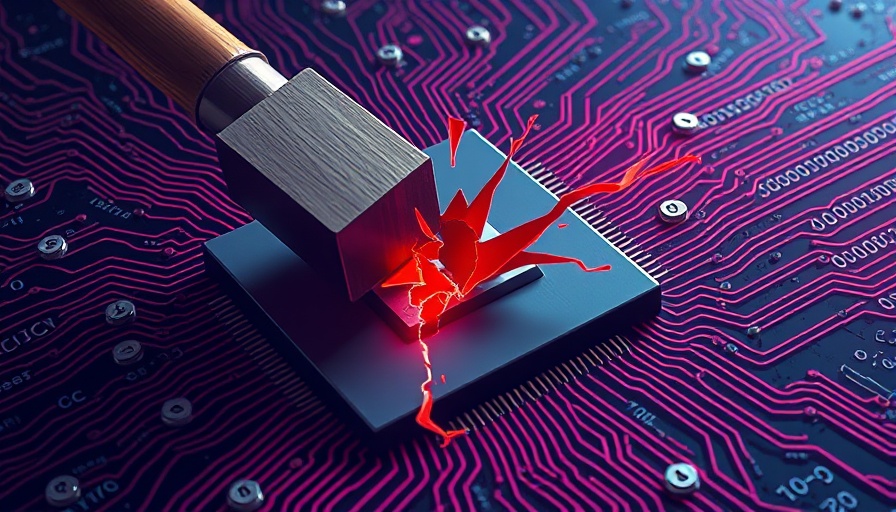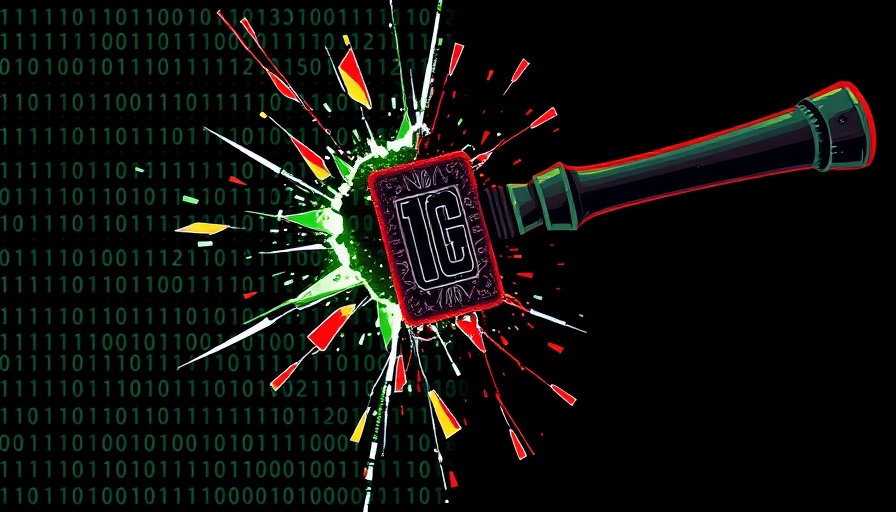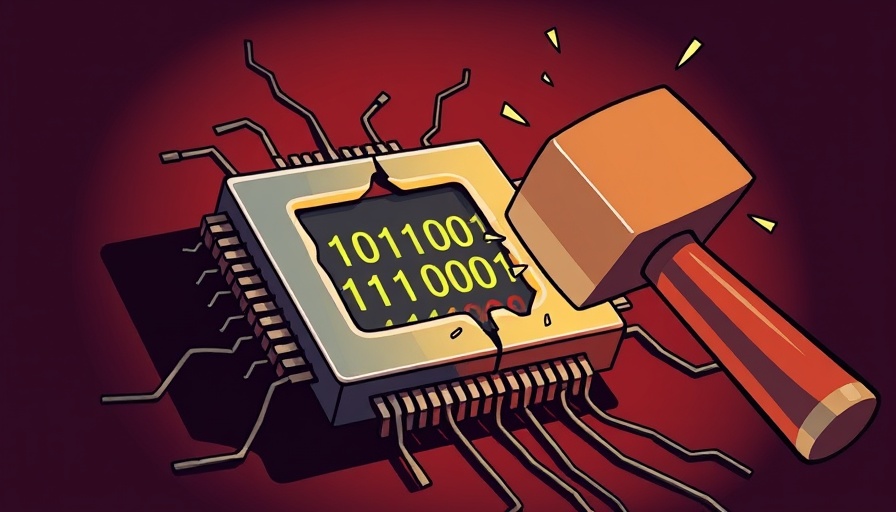
Resurgence of Cyber Threats: The Pay2Key Ransomware Gang
The Pay2Key ransomware group has made headlines again, and this time they are more determined than ever to target organizations in the US and Israel. With their new strategies aimed at amplifying their attacks, including incentives for affiliates, a real concern has emerged for cybersecurity experts and corporations alike.
Understanding Ransomware Gangs and Their Tactics
Ransomware attacks have evolved over the past few years, making organizations increasingly vulnerable to threats. The Pay2Key gang, infamous for their precision and aggressive techniques, has revamped its approach by offering bounties to affiliates who successfully infiltrate targeted networks. This model not only incentivizes the hacking community but also expands their reach effectively.
The Implications of Targeting US and Israel
The choice of the US and Israel as primary targets raises significant concerns. Both nations house advanced technology sectors, making them high-value targets for cybercriminals. By focusing their efforts there, Pay2Key highlights a troubling trend where critical infrastructures—ranging from finance to healthcare—are at risk of compromise, leading to severe repercussions for national security.
What’s Next for Cybersecurity?
As the Pay2Key gang continues to adapt and innovate, it is crucial for organizations to reinforce their cyber defenses. Regular training for employees, implementing advanced threat detection tools, and collaborating with law enforcement can help mitigate risks associated with such attacks.
In conclusion, the resurgence of the Pay2Key ransomware gang serves as a wake-up call for organizations. With their incentive models creating an even more significant threat landscape, it’s essential to prioritize cybersecurity measures to safeguard resources and sensitive data.
 Add Row
Add Row  Add Element
Add Element 


 Add Row
Add Row  Add
Add 

Write A Comment